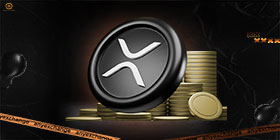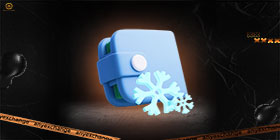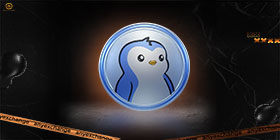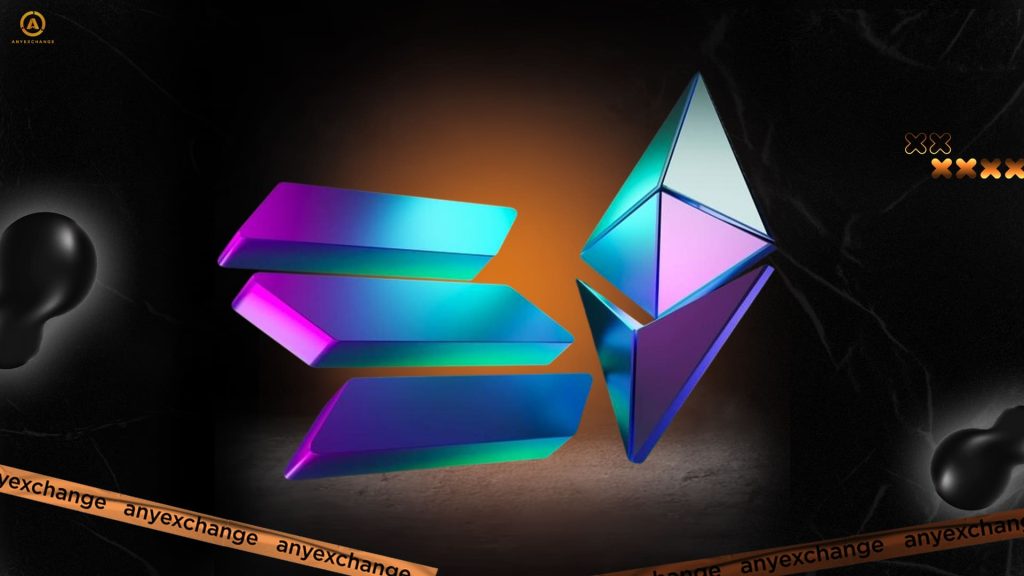
No one would argue that Ethereum and Solana have long been participants in an unspoken race for leadership in the new internet. They definitely compete with each other for dominance in DeFi, NFTs, and dApps. Ethereum offers the most mature, time-tested infrastructure and powerful smart contracts, while Solana offers unparalleled speed, scalability, and low fees.
Today, with artificial intelligence technologies developing at an incredible pace, the question of their competitiveness becomes broader: Which network will drive Web3 in the coming AI era? Which blockchain will create the best conditions for AI agents to perform their tasks?
Both Ethereum and Solana already have Web3 applications that use artificial intelligence to automate processes and blockchain technology to guarantee transparency. Both networks are developing their ecosystems to provide opportunities for full interaction with AI technology. Let’s examine how they are doing this and glimpse the future of Web3 with Ethereum and Solana, where integrating AI agents into blockchains will be commonplace.
Web3 and artificial intelligence — new drivers of decentralization
Web3 is a new internet built on blockchain technology based on the principles of decentralization and user control over data. AI agents are intelligent programs capable of analyzing data, making decisions, and interacting with users or other systems without human intervention. Unlike traditional bots, AI agents learn and adapt based on experience, improving their performance over time. In conjunction with blockchain technology, AI agents provide transparency and trust. The rules of operation embedded in them are recorded and executed through smart contracts, and all their actions are transparent and stored in a distributed ledger.
Why is blockchain necessary for AI? First, it provides a reliable foundation for tokenizing data for AI systems, enabling fair exchange and monetization. Second, smart contracts automate the interaction between AI and smart contracts, as well as the automation of processes through AI agents. In turn, artificial intelligence enhances Web3 by solving optimization tasks, and scaling AI solutions through blockchain becomes a working tool, not just a concept. The result is a synergy that transforms the way we perceive the future of digital ecosystems.
Ethereum — the basis for smart contracts and AI integrations
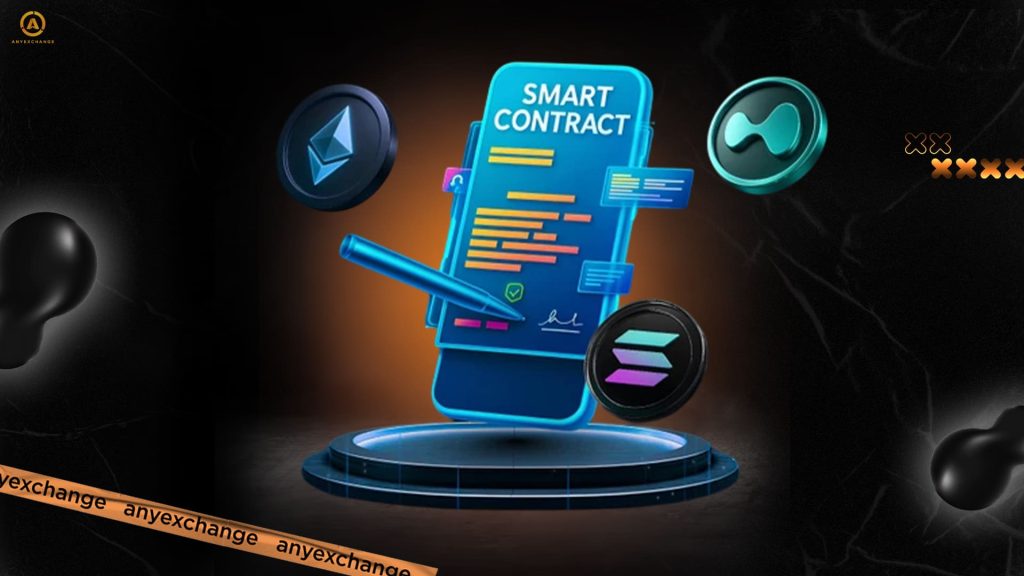
Ethereum is the largest blockchain ecosystem and has become the standard for decentralized applications and smart contracts. Its strength lies in its versatility. Currently, smart contracts and artificial intelligence on Ethereum primarily enable the creation of DeFi platforms with AI analytics, DAOs managed by AI agents, and services for automatic resource allocation and asset management. These are just a few of the many innovative solutions that Ethereum offers.
Most projects combining AI with DeFi and DAO management are concentrated on Ethereum. For instance, Numerai employs artificial intelligence and tokenomics for collective trading, and its subsidiary service, Erasure, facilitates the decentralized sale of predictive models. The Ethereum DeFi platform sector is developing solutions with AI analytics, such as SingularityDAO, where AI manages dynamic token portfolios. In the NFT segment, Alethea AI and Altered State Machine create AI-powered NFT characters that can learn and interact with users.
Ethereum’s infrastructure for AI startups includes thousands of libraries, frameworks, and ready-made solutions, which makes integrating artificial intelligence into development extremely convenient. Ethereum Layer-2 reduces transaction costs and increases algorithm speed for AI projects. This is especially important for scaling AI solutions via blockchain when network load can be extremely high.
Solana — speed and scalability for Web3 and AI
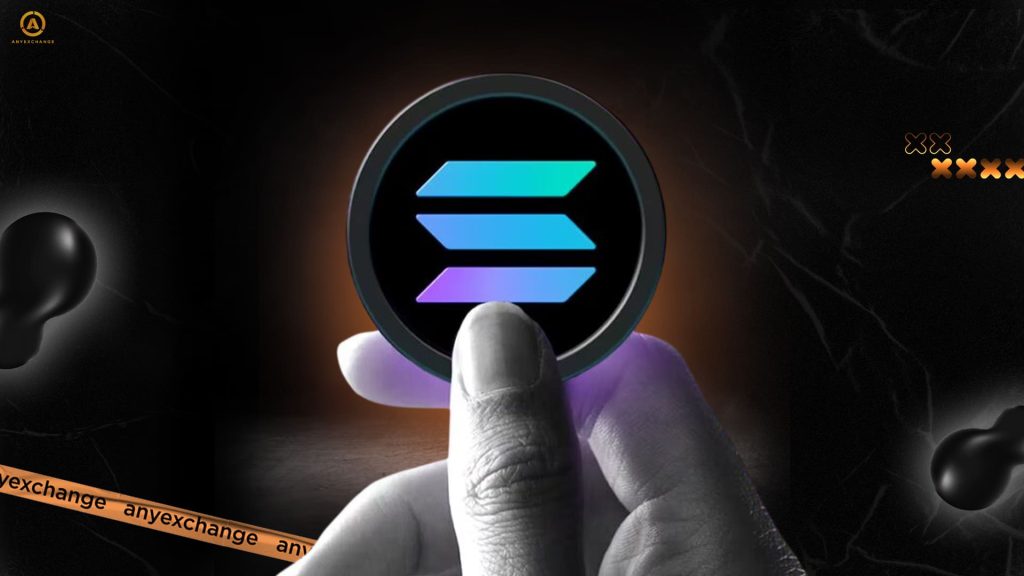
Solana provides fast transactions for AI applications, which is undoubtedly its strongest point. Solana is deservedly called one of the fastest networks in the industry. Its blockchain architecture allows it to process tens of thousands of transactions per second, making it attractive for projects that require an instant response. Solana’s high performance allows AI algorithms to scale and work with large data sets in real time. This creates unique conditions for DeFi and AI integration projects on Solana, where every millisecond counts.
For example, the Render Network successfully uses the blockchain for distributed AI computing and graphics generation. Hivemapper uses AI algorithms to analyze geodata collected by the community. Among DeFi projects on the blockchain, the Solend and Drift protocols are actively developing and using AI to test algorithmic liquidity management. In the gaming industry, Solana has essentially become a recognized platform for NFT projects with built-in AI mechanics. For example, in Star Atlas, artificial intelligence controls the economy and NPC interaction.
Clearly, the Solana ecosystem is becoming one of the most convenient for Web3 developers. High transaction speeds and active community support create ideal conditions for launching new products. Solana’s line of specialized tools for Web3 and AI integrations is also constantly expanding. These tools allow applications to connect to artificial intelligence algorithms, ranging from gaming projects with AI mechanics to decentralized AI marketplaces on the blockchain. The role of low network fees is worth special attention: Solana provides an opportunity to test mass AI services at a minimal cost.
Comparative analysis of Ethereum and Solana in the context of AI agents
Ethereum is the leader in terms of maturity, reliability, and functionality. It dominates complex projects that require versatility and security. With Layer 2 technology, Ethereum can handle high loads for AI projects, but transaction costs on the main network remain relatively high.
Solana, on the other hand, offers high speed and low fees. These advantages enable the creation of decentralized artificial intelligence services in real time at minimal cost, ranging from NFT and AI content generation to large-scale marketplaces. Meanwhile, developers are provided with new SDKs and libraries, simplifying the launch of AI solutions.
The choice of blockchain depends on the task at hand:
- If a project requires flexible logic, mature infrastructure, and support from large communities, the team will choose Ethereum. Complex DeFi projects that require AI analytics and DAOs with AI-based management are built here. Examples inсlude decentralized funds that use algorithms to automatically allocate assets and other services that require complex smart contract logic. Startups that need reliability, a developed community, and access to a wide range of Layer-2 solutions choose Ethereum.
- If speed, mass scenarios, and low cost are critical, then Solana is the priority. Projects that require processing thousands of transactions in real time are actively developing here, such as DEX with AI liquidity management algorithms and gaming platforms that allow users to create an NFT world with built-in AI. Thanks to its low fees, Solana is chosen for developing large-scale consumer services that focus on mass-implementing AI functionality.
Thus, the ecosystems are developing along different trajectories. Ethereum accumulates projects where reliability and complex logic are important, while Solana focuses on scalable, low-fee mass services. Therefore, we can conclude that Ethereum’s and Solana’s development in Web3 should not be viewed as direct competition, but rather as complementary: one blockchain solves depth and security problems, while the other solves speed and mass adoption problems.
The future of Web3 and AI integrations
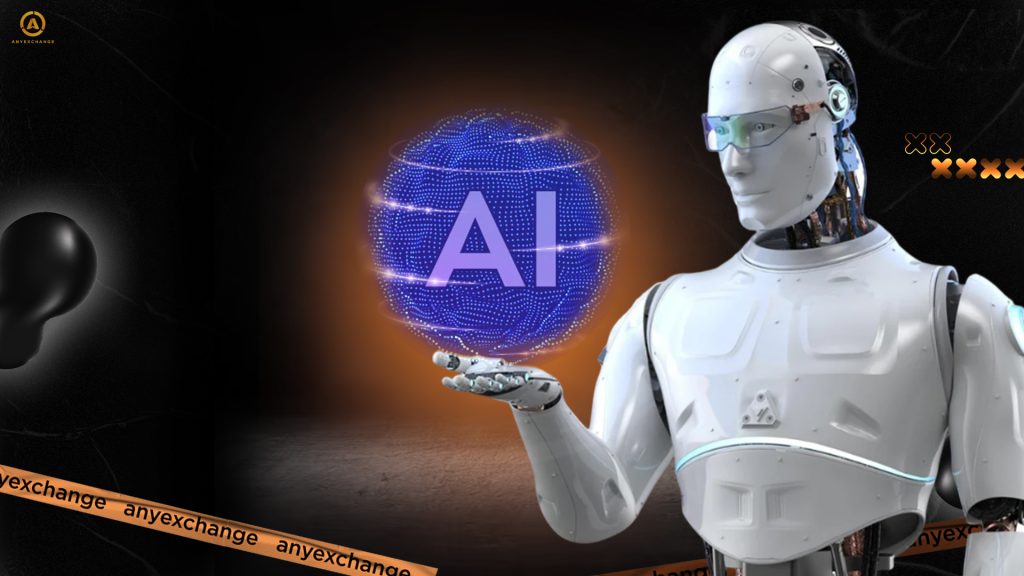
The synergy between Web3 and AI agents will be one of the main drivers of the digital economy in the coming years. Experts predict that, by 2030, scaling AI through blockchain will enable the creation of millions of autonomous services that operate without intermediaries.
Technological trends inсlude:
- Data tokenization for AI systems, which ensures a fair information market and increases the value of user data.
- The development of decentralized AI marketplaces, where algorithms can sell their services directly.
- Deep integration of AI agents into blockchains will enable process automation in DeFi, GameFi, logistics, healthcare, and other areas.
For fintech and DeFi, this means creating platforms with AI analytics that predict risks and manage liquidity in real time. For NFTs, it means creating a marketplace where collections are generated by algorithms. For gaming and social platforms, it means introducing process automation through AI agents, which will change the entire user interaction chain.
Ultimately, the world will reach a point where blockchain and artificial intelligence cease to exist separately and merge into a single ecosystem defining the digital economy of the new generation.
Conclusion
Both Ethereum and Solana have proven they can lay the groundwork for a new digital era. Ethereum’s infrastructure is ideal for AI projects requiring reliability and flexible smart contract logic. Meanwhile, Solana’s high performance and low fees pave the way for the widespread adoption of AI applications in a decentralized environment.
Together, they usher in a new digital future. Each blockchain occupies its own niche and complements the other, striking a balance between reliability and speed. The interaction between these two blockchains and artificial intelligence is gradually forming the basis of fintech, DeFi, NFTs, gaming, and social platforms. Following the development of these ecosystems is like watching the birth of a new internet.
Thank you for reading our article. Invest safely and profitably!
AnyExchange is an exchanger that allows you to convert popular digital assets at the most favorable rates. We cooperate with leading international payment systems and accept payments by bank card and cash. The platform offers fast, secure money transfers worldwide.
FAQ
How do Ethereum and Solana contribute to the development of Web3?
Both networks form the basis of a decentralized internet. Ethereum contributes through its mature infrastructure and flexible smart contracts, while Solana contributes through its high speed and minimal fees. Together, they strike a balance between reliability and scalability, providing the foundation for the next generation of Web3 applications and AI integrations.
How do AI agents integrate into blockchain ecosystems?
They operate via smart contracts, automating transactions, analytics, and DAO management. This enables the development of services that perform processes without human intervention and store data in an immutable form. Consequently, these agents serve as the link between users and decentralized applications.
Why is Solana considered optimal for high-load AI applications?
Thanks to its architecture, which provides scalability and fast transactions. It is based on the Proof-of-History (PoH) mechanism, which synchronizes the order of events and significantly speeds up block processing. When combined with Solana’s unique virtual machine (Sealevel runtime) and parallel transaction execution, it can support thousands of operations per second without overloading. This architecture is especially important for AI integrations where real-time processing of large amounts of data and an instant systеm response are required.
What are the prospects for Web3 and AI synergy in the coming years?
Decentralized services with AI-powered automation are expected to grow, from DeFi to NFTs and social platforms. Combining the reliability of Ethereum with the speed of Solana will make mass adoption possible. Experts predict the emergence of new economic models based on data tokenization and algorithm exchange. Additionally, these integrations could drive innovation in fintech, healthcare, education, and industry, setting a new standard for human-digital systеm interaction.


